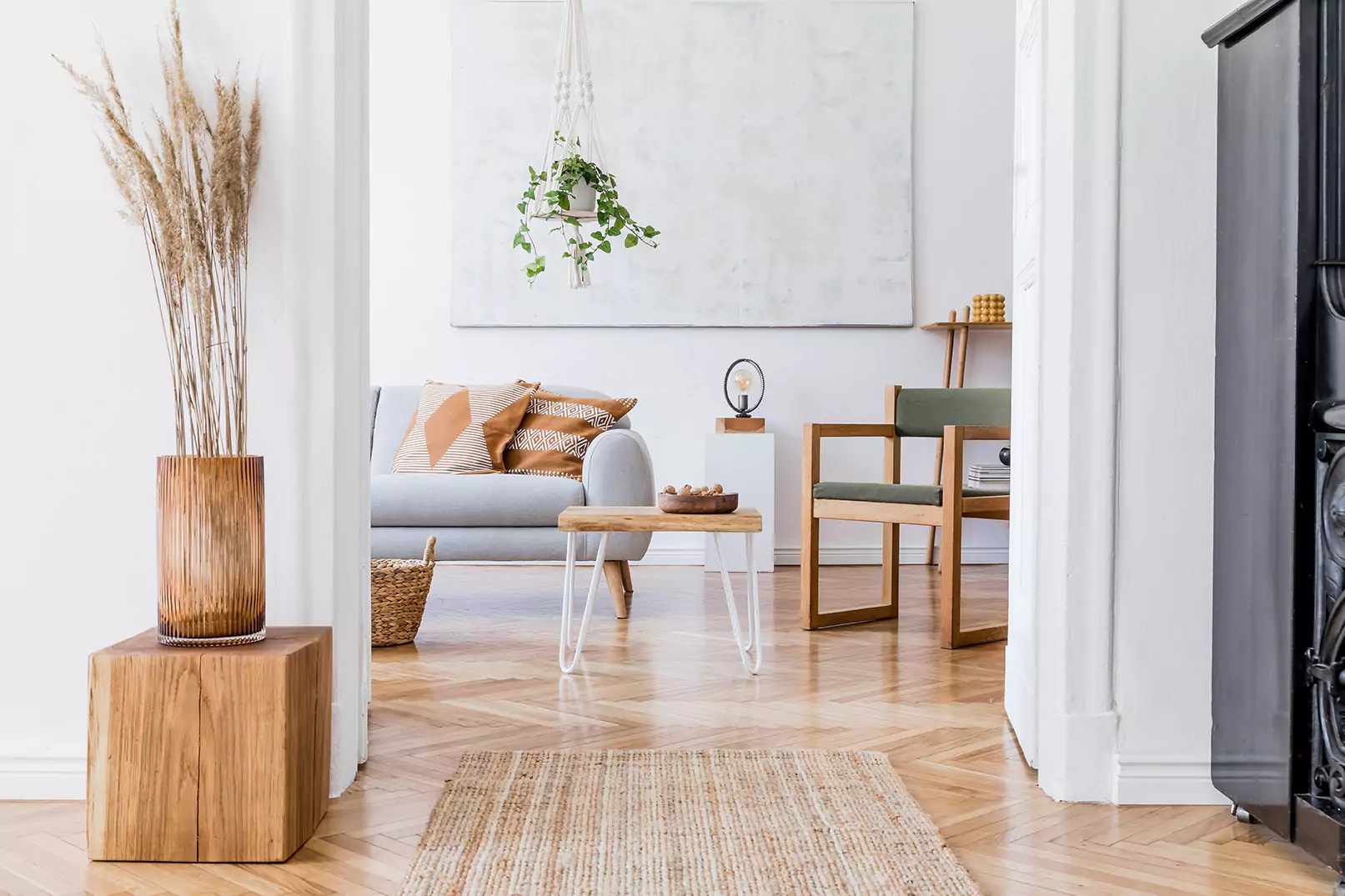Our friends at Green Tree Financial offered up this informative Money Magazine article on home remodeling. It’s helpful, easy to digest info on what type of bathroom addition gives the most bang for the buck.
A BIG PAYOFF FROM THE TINIEST ROOM
For the surest bet in home remodeling, build a new bathroom
And add up to 20 percent more value to your home
By Josh Garskof, Money Magazine contributing writer
September 7 2007: 10:25 AM EDT
(MONEY Magazine) -- Adding a new bathroom will enhance your quality of life - and the value of your property - like few other home improvement projects will. Put in a master bath, and you won't have to take turns with the kids every morning. Install a powder room, and dinner guests won't have to traipse through your private terrain.
While you can't count on recouping the cost of any upgrade right away in today's weak housing market, over the long term adding a bathroom can boost your home's value by some 20 percent, says Paul Emrath, an economist at the National Association of Home Builders.
Of course, there's also almost no limit to what you can spend on a bathroom. "It's easy to get to $50,000, $100,000 or beyond for a new master bathroom," says Todd Polifka, CEO of Vision Remodeling, a contractor in the Twin Cities area. The more you get carried away, the more remote your chance of a big return. So keep these principles in mind.
Make up for your biggest shortfalls.
Simply put, you'll get the biggest bump from adding a new bathroom if you have too few to start with, according to Emrath's analysis of 2005 Census statistics for 60,000 homes across the country. Another time it pays off is when you have far fewer bathrooms than bedrooms.
A bonus bathroom can also reward you handsomely in a two-story home. Buyers look for a minimum of one bathroom on each floor of a house, says realtor Debra Kandrak of William Raveis Real Estate in Fairfield , Connecticut . "People want at least a powder room on the first floor, no matter how many bathrooms are upstairs," she says. That bathroom-on-every-floor bias also applies to finished attics and basements.
Don't get ahead of the neighbors.
If you want to recoup your investment, stick with what's normal in your neighborhood. "On some blocks, master bathrooms are expected. On others, they are nonexistent," says Omaha appraiser John Bredemeyer. "If you add a third bathroom in an area where homes have 1-1/2, you may not get your money back."
You don't have to knock on neighbors' doors to ask how many bathrooms they have. Troll real estate listings, or try looking up those details in public tax-assessment records at town hall or the county tax office - and quite possibly via a government Web site.
Or you can plug in your address at the house-valuation Web site zillow.com, and then click around on the resulting map to get the public statistics about your neighbors. (Look at plenty, since the stats may not all be up-to-date.) <From SFHotlist Blog, Your Real Estate Consultant is also a good source of information as they can tell you first-hand what buyers are looking for and what neighborhood norms are.>
Use what you've got.
One of the best ways to keep a lid on the price is to tap your house's existing space. Building an addition to accommodate a new bathroom means pouring a foundation and constructing a roof, bringing the cost to a minimum of $200 a square foot, according to appraiser Bredemeyer.
But if you can add the bathroom without putting on an addition, you can cut that cost to as little as $100 a square foot. If you avoid building new walls by using a spare room, walk-in closet or under-the-staircase niche, you could save another $3,000 to $5,000. And try to stay close to existing plumbing lines. Otherwise, running four-inch drain pipe through floors and walls can easily increase your budget by $4,000 to $5,000.
Don't go overboard.
The biggest factor in your bathroom's price tag, of course, will be the materials and fixtures you choose. You can get a perfectly good faucet for $100, or you can install a $3,000 showpiece; simple porcelain tile that's $5 a square foot or translucent glass tile at $25; a tub-and-shower combo ($1,000 to $3,000) or a separate soaking tub and a walk-in shower ($2,000 to $5,000).
Suit your own tastes, but also remember that when you sell not every buyer will be enamored of an effervescent air-jet tub. <From SFHotlist Blog, Stay neutral, stay mid-range and think about resale. Basically, keeps the finishes in alignment with general tastes and budgets, i.e. don’t serve beer in a champagne ‘hood or vice versa.>
And, once again, let neighborhood standards be your guide, so you don't overshoot what buyers will be willing to pay someday. "Then again, if you're going to be enjoying the bathroom for many years before you sell, don't hold back," says Bredemeyer. "Do what will make you happy."
Another interesting article:
Kitchen face-lifts for the frugal
